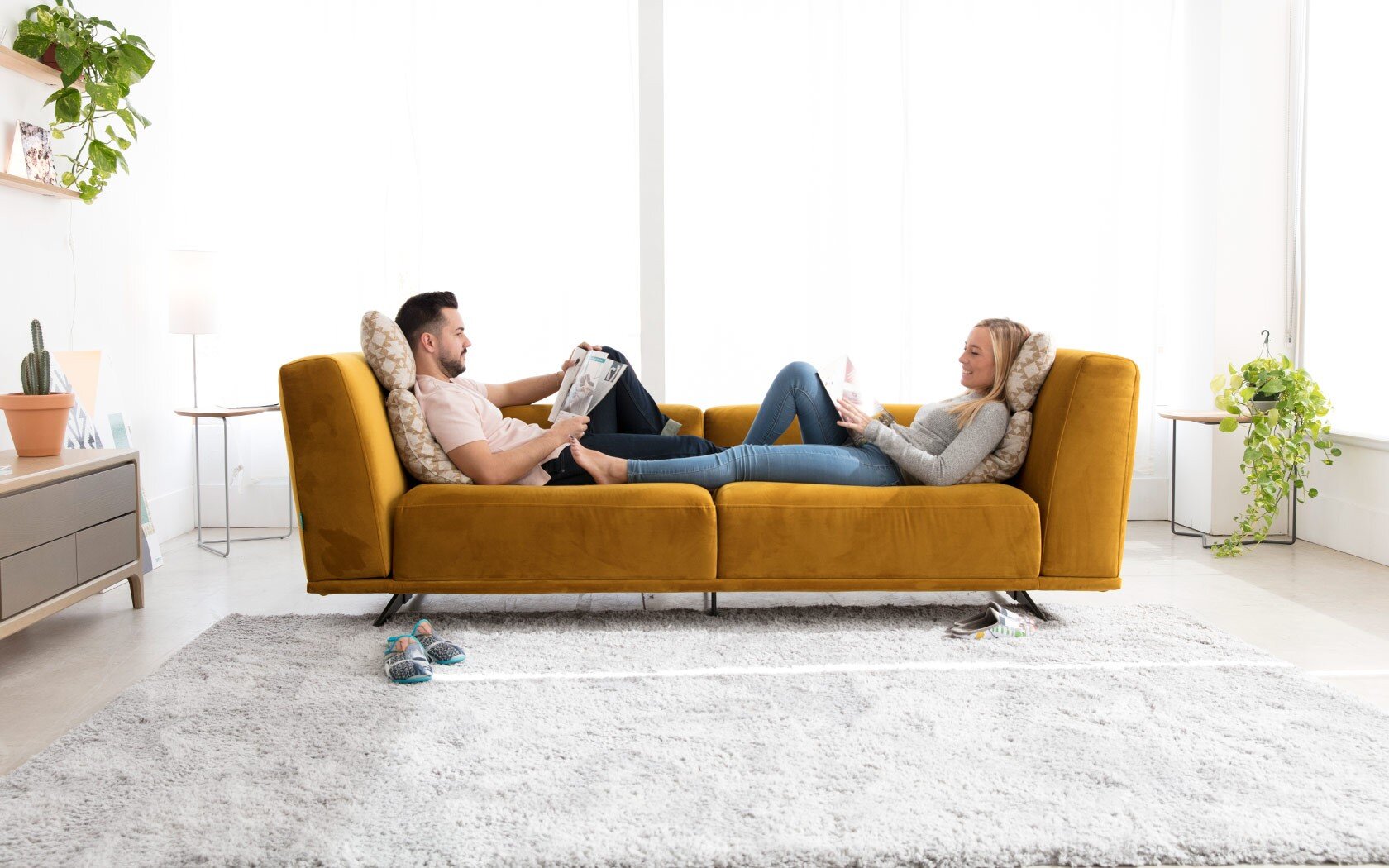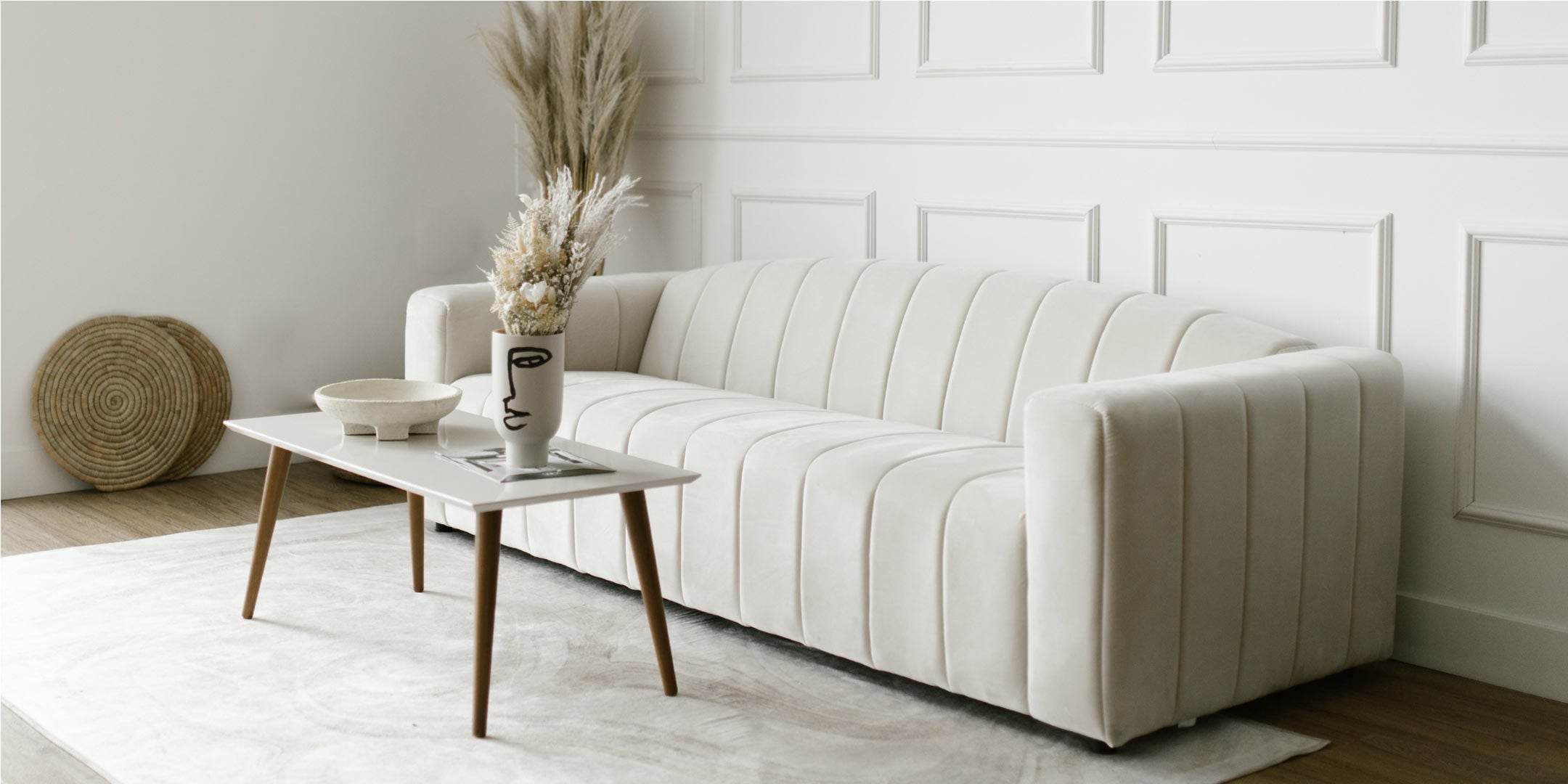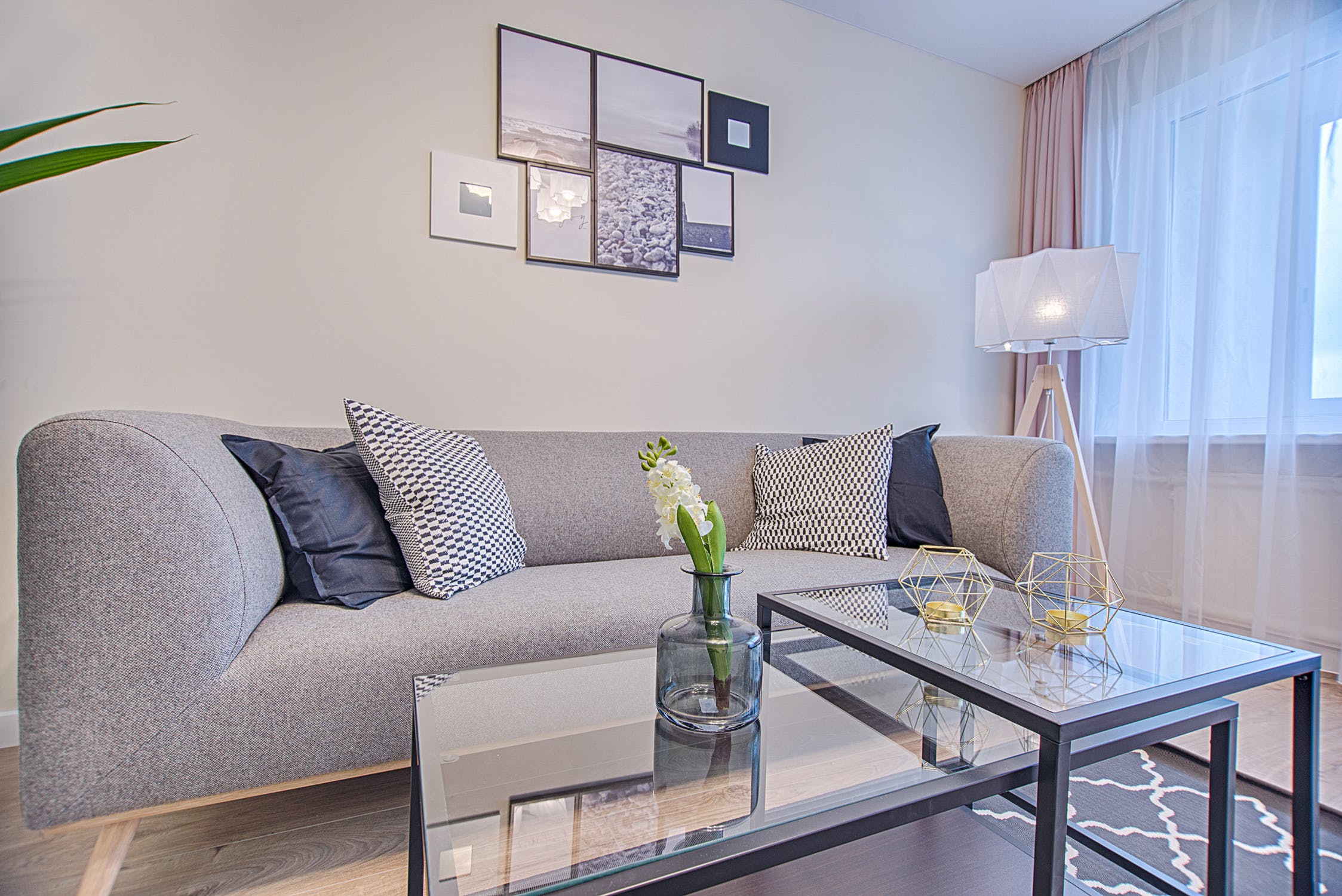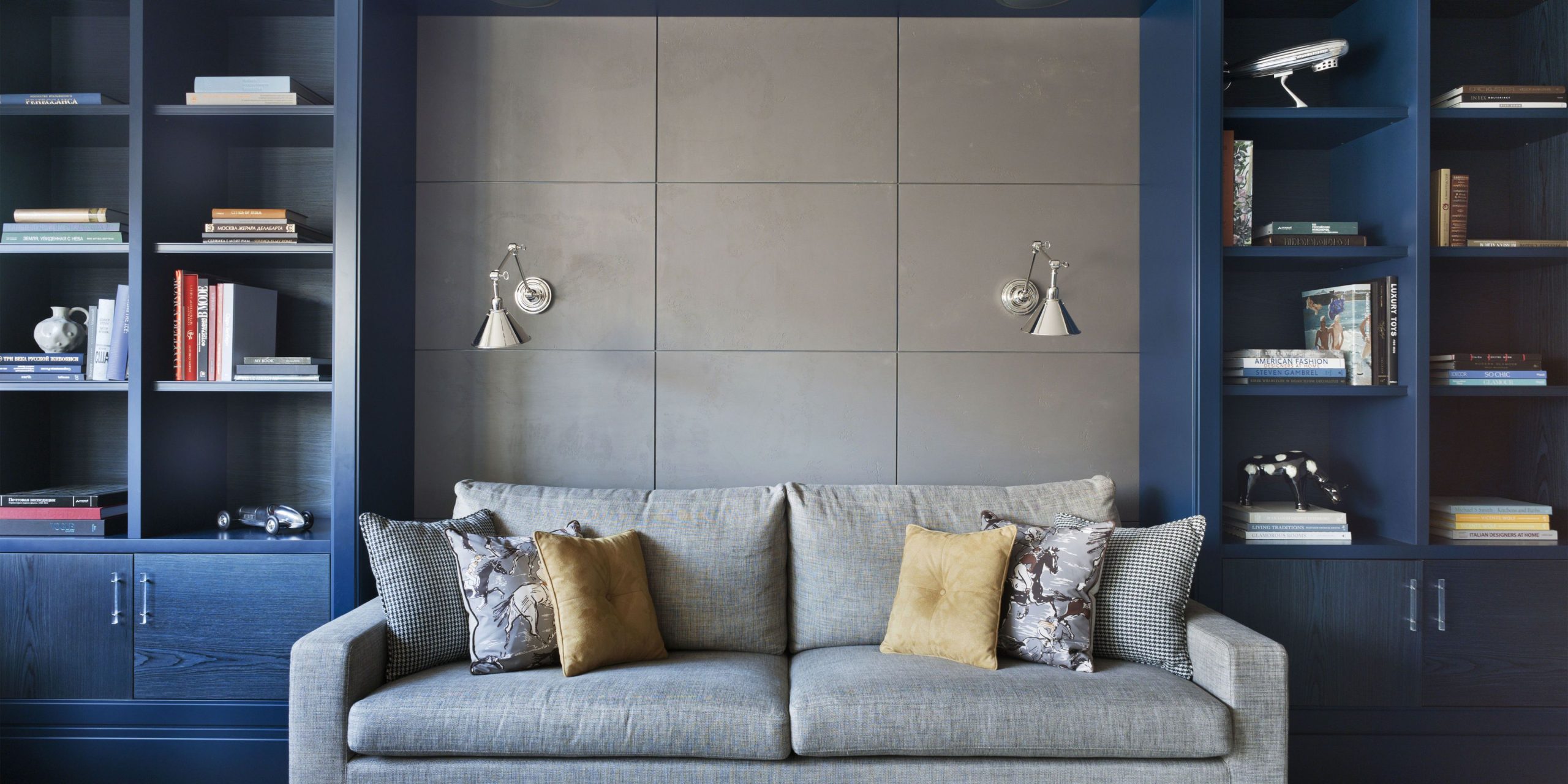Introduction
In the realm of comfortable seating, two terms often used interchangeably are “sofa” and “couch.” While both refer to upholstered furniture designed primarily for seating two or more people, subtle historical, design, and cultural differences exist between these household staples. Delving into these distinctions can offer insights into the evolution of furniture and how language shapes our understanding of interior design.
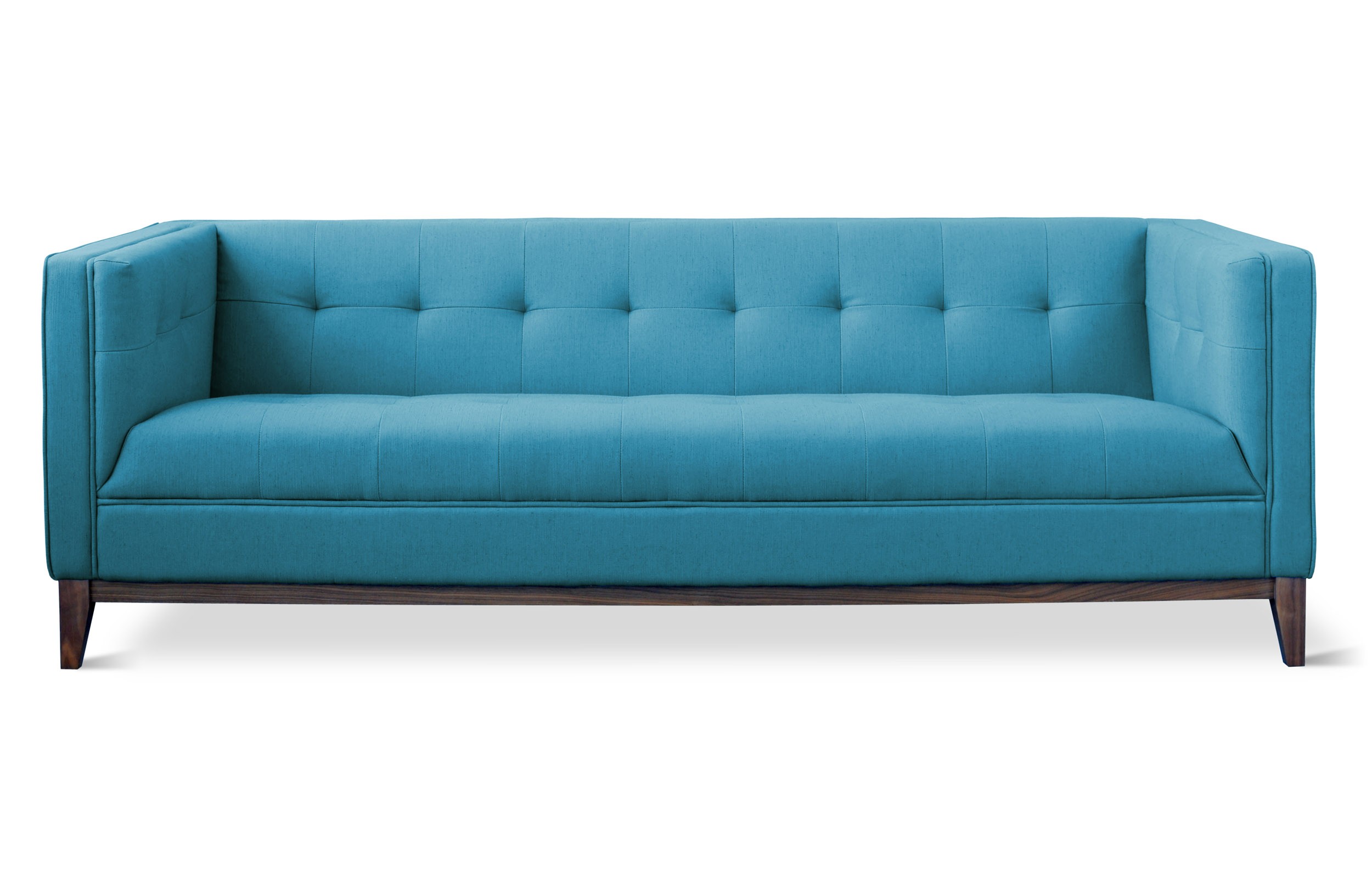
Historical Origins
- Sofa: The term “sofa” has its roots in Arabic, evolving from “suffah,” which referred to a wooden bench covered with cushions or rugs. Originating in the Middle East, sofas were initially luxury items associated with opulence and comfort, often found in palaces and homes of the elite. As the concept spread through Europe during the 18th century, sofas became more ornate, featuring intricate carvings and luxurious upholstery, symbolizing status and wealth.
- Couch: The word “couch” stems from the Old French “couche,” meaning “to lie down.” It initially referred to a type of bed or a piece of furniture used primarily for reclining rather than sitting upright. In the Victorian era, couches were associated with more informal settings, often used in private spaces like bedrooms or studies for lounging and napping.
Design and Functionality
- Sofa: Contemporary sofas are typically seen as more formal and structured, designed with straighter lines and a more upright seating position. They are commonly found in living rooms and are designed to accommodate social gatherings, encouraging conversation and interaction. Sofas often feature armrests on either side and can come in various lengths, from loveseats for two people to larger sectionals accommodating entire families.
- Couch: Couches, on the other hand, are generally regarded as more casual and relaxed in design. They may lack the strict symmetry of a sofa, featuring softer lines, deeper seats, and more flexible configurations that invite lounging. Couches might not always have defined armrests or could have lower, more pillowed ones, encouraging a laid-back posture. They are often associated with informal areas like family rooms or entertainment spaces, where comfort takes precedence over formality.
Cultural and Linguistic Nuances
- Regional Usage: In North America, the terms “sofa” and “couch” are often used interchangeably, reflecting a cultural merge of the words’ historical meanings. However, in some regions or social contexts, preferences for one term over the other can indicate a subtle distinction in intended use or style. For example, a “couch” might connote a more casual living space, whereas a “sofa” could suggest a slightly more formal setting.
- International Variations: Outside of North America, the term “sofa” is more universally recognized and used, with “couch” being less common. In countries like the UK, Australia, and many parts of Europe, referring to the furniture piece as a “sofa” is the norm, reflecting its historical roots and association with a more refined setting.
Style and Decor
In modern design, the line between sofas and couches has blurred significantly, with many furniture pieces embodying characteristics of both. Designers frequently create hybrid pieces that can fit into various settings depending on the style and preferences of the user. Customization options further muddy the waters, as buyers can choose the level of formality, depth, and cushioning to suit their needs.
Additional Factors Differentiating Sofas and Couches
Material and Upholstery
- Sofas are often associated with a wider variety of upholstery options, including high-quality fabrics like velvet, leather, or even silk, which lend themselves to a more formal appearance. The choice of material can enhance the elegance and sophistication of the sofa, making it a focal point in a well-designed living room. Additionally, they may incorporate intricate patterns, textures, or designer fabrics to complement a more refined aesthetic.
- Couches, conversely, might favor more casual and durable materials like cotton, microfiber, or washable blends, prioritizing practicality and ease of maintenance over luxury. This aligns with their reputation for being family-friendly and suited for everyday use, where spills and frequent use necessitate easy-to-clean surfaces.
Adaptability and Convertibility
- Convertible Couches or sofa beds have become synonymous with versatility, particularly under the “couch” label. These pieces can transform into a bed, offering additional sleeping arrangements for guests, a feature that aligns more with the idea of a couch as a multi-functional piece in informal settings. While sofa beds do exist under the term “sofa” as well, their association with “couch” highlights the latter’s adaptability.
Placement and Room Context
- In terms of placement within a home, sofas are frequently positioned in formal living rooms or reception areas where they serve as a central element for receiving guests, reflecting a sense of hospitality and status. They often require more space around them to maintain an open and inviting atmosphere.
- Conversely, couches tend to find their place in more intimate settings like family rooms, media rooms, or man caves, where comfort and relaxation are prioritized over formality. They may be situated closer to coffee tables, entertainment units, or even in corners to encourage a cozy, informal gathering spot.
Cultural Significance and Social Connotations
The terms “sofa” and “couch” can carry different social connotations based on cultural background and personal experiences. Some might associate “sofa” with a more upscale lifestyle, while “couch” might evoke feelings of warmth and familiarity associated with family gatherings. These emotional connections can influence an individual’s preference when choosing between the two, even if the physical differences are minimal.
Evolution and Future Trends
As design continues to evolve, so do the definitions and boundaries between sofas and couches. Modern design trends increasingly blur these lines, with many contemporary pieces incorporating elements of both formality and relaxation. Modular designs, for instance, allow for flexibility in configuration, enabling the furniture to adapt to various spaces and functions, challenging traditional categorizations.
Conclusion
Ultimately, whether you call it a sofa or a couch largely depends on personal preference, regional dialect, and the specific design elements you associate with the term. Both serve a similar fundamental purpose but carry nuanced implications regarding formality, comfort, and historical context. In today’s diverse furniture market, the distinction between the two often lies more in the eye of the beholder than in rigid design rules, allowing for a personalized interpretation of these essential home furnishings.
